Animal welfare charities serve as the backbone of animal protection efforts across the United States. Whether they provide shelter, medical care, foster services, or educational outreach, these organizations share a common mission: to improve the lives of animals and the people who care for them.
With thousands of animal welfare organizations operating nationwide, it’s important to understand the different types and how they function. From government-run shelters to foster-based rescues and non-sheltering service providers, each plays a critical role in the broader ecosystem of animal support.
This guide breaks down the key categories of animal welfare charities and explains how they contribute to animal care, safety, and community well-being.
What Are Animal Welfare Charities?
Animal welfare charities are nonprofit or publicly funded organizations that focus on improving the health, safety, and placement of companion animals. These groups vary in size, scope, and services offered, but they typically operate with the support of donations, grants, and volunteer efforts.
Some provide direct animal care, while others offer essential services like pet food support, veterinary outreach, or animal control response. No matter their focus, all work toward the common goal of reducing animal suffering and promoting responsible pet ownership.

Types of Animal Welfare Organizations
Shelter Animals Count (SAC), a national animal welfare data collaborative, classifies organizations into distinct categories to help stakeholders understand their role and impact.
Here are the main types of animal welfare charities and organizations that intake or support animals:
1. Government Animal Services
These are city- or county-run agencies that provide animal control services and housing for lost or stray animals. Often referred to as Animal Services or Animal Care and Control, they are usually responsible for enforcement of animal-related laws and ordinances.
Though sometimes called “pounds” in the past, modern public shelters prioritize care, adoption, and reunification.

2. Animal Shelters with Government Contracts
These private or nonprofit organizations operate under formal agreements with government agencies to provide housing or animal control services. While not government-run, they often function as official partners.
These animal welfare charities may accept animals picked up by animal control officers or brought in by community members from a designated service area.
3. Animal Shelters without Government Contracts
These independent nonprofit organizations maintain a physical shelter but operate without government funding or contractual obligations. They may rely solely on donations, grants, and volunteer support.
Most of these shelters have limited intake policies, meaning they accept animals based on capacity, resources, or specific needs.

4. Animal Rescues
Animal rescues are often foster-based organizations where animals are cared for in private homes rather than shelters. These groups may be entirely volunteer-run and focus on saving pets from overcrowded shelters, special-needs animals, or specific breeds.
Rescues can range from small local groups to large regional operations. Many operate as 501(c)(3) animal welfare charities and may hold partial contracts with municipalities.
5. Sanctuaries
Animal sanctuaries provide lifelong care for animals that are not suitable for adoption, such as those with special medical needs or animals rescued from neglect. While some adopt out animals, their primary mission is lifelong housing and quality care.
Sanctuaries are typically nonprofit organizations and may function independently or as part of a larger animal rescue network.
6. Non-Sheltering Service Providers
These organizations do not intake or house animals but instead provide crucial services like:
- Spay/neuter programs
- Pet food assistance
- Low-cost veterinary clinics
- Community education
- Behavioral support
They play a key role in preventing animal surrender and supporting pets in their existing homes.

Types of Animal Intake Processes
Animal welfare charities also vary based on how they accept animals into their care. Understanding these categories helps explain how organizations manage resources and prioritize services.
Open Intake
Organizations with open intake policies—typically those with government contracts—accept most or all animals from a defined area, regardless of health, age, or behavior. These are often brick-and-mortar shelters working under public mandates.
Limited Intake
Limited intake charities are selective about the animals they can admit, often due to space, funding, or mission-specific constraints. Most rescue groups and independent shelters operate with limited intake policies.
Managed Intake
Managed intake is a coordinated process that helps prioritize urgent cases while providing alternative resources for others. This approach allows animal welfare charities to maintain quality care without overcrowding and often includes community support programs to keep pets in homes when possible.
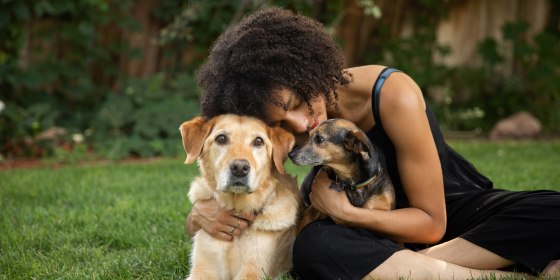
Animal Control & Field Services
Some organizations specialize in responding to field calls. These services assist lost, injured, or at-risk animals within a geographic area and typically work in tandem with local shelters or rescues. While they don’t house animals directly, their work is essential to public safety and animal welfare.
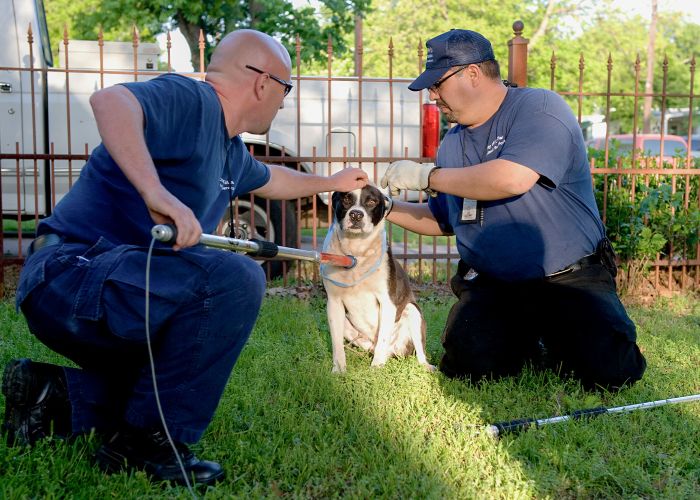
Why Classifications Matter
Accurately classifying animal welfare charities helps improve transparency, collaboration, and data reporting. Shelter Animals Count collects and analyzes data across these categories to track trends in animal care, adoption, intake, and community needs.
For professionals in the field, understanding these categories helps build stronger partnerships and better outcomes. For the public, it allows for informed decision-making when choosing to adopt, foster, volunteer, or donate.
The Role of Animal Welfare Charities in the Community
From reducing the number of homeless pets to supporting families in keeping their animals, animal welfare charities provide indispensable services. They:
- Rescue animals in crisis
- Facilitate adoptions and reunifications
- Provide access to veterinary care
- Educate communities on responsible pet ownership
- Offer support to pet owners in times of hardship
Each organization, no matter its size or type, helps strengthen the bond between people and animals.
How You Can Support Animal Welfare Charities
Whether you’re an animal lover or a community advocate, there are many ways to support animal welfare charities:
- Adopt or foster an animal in need
- Volunteer your time or professional skills
- Donate funds or supplies
- Spread awareness on social media
- Partner with local organizations for events or outreach
Every act of support helps animals live safer, healthier lives.
Conclusion: The Power of Animal Welfare Charities
By understanding the different types of animal welfare charities, we can better appreciate the complex network of care that exists to protect animals across the country. Whether you’re part of an organization or simply someone who cares, your actions can make a difference.
From government shelters to nonprofit rescues and educational nonprofits, each group plays a unique and vital role in shaping a more compassionate world for pets and people alike.



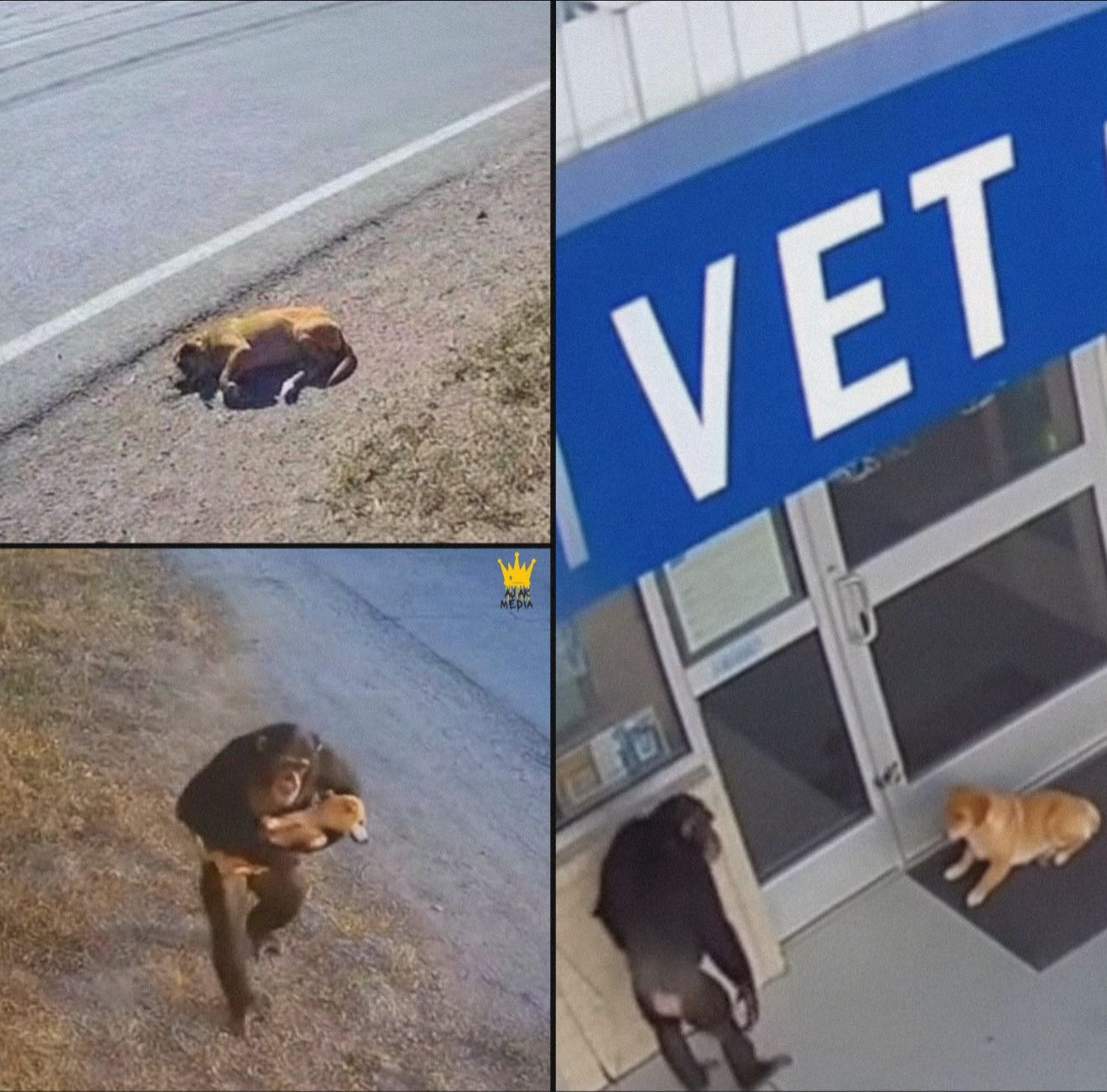

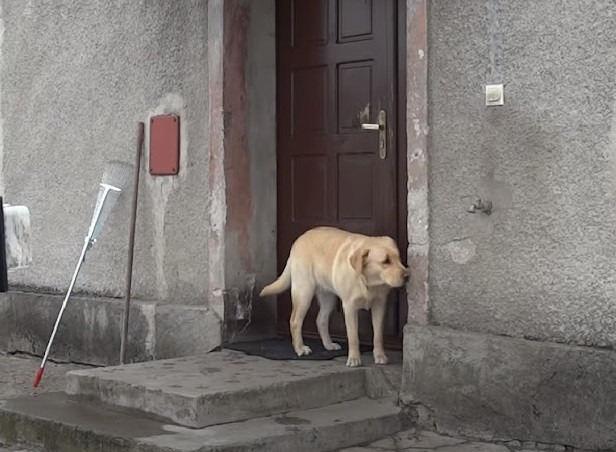
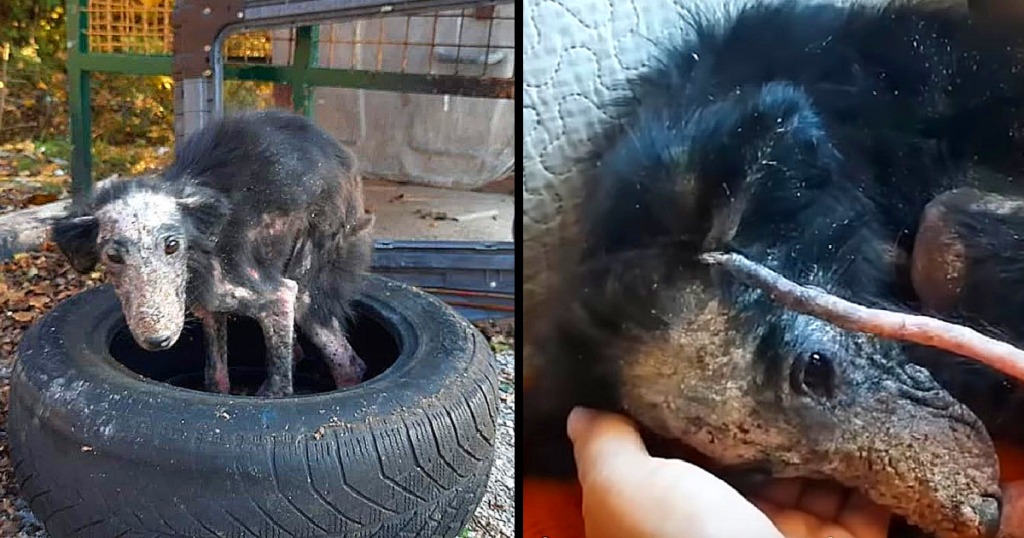
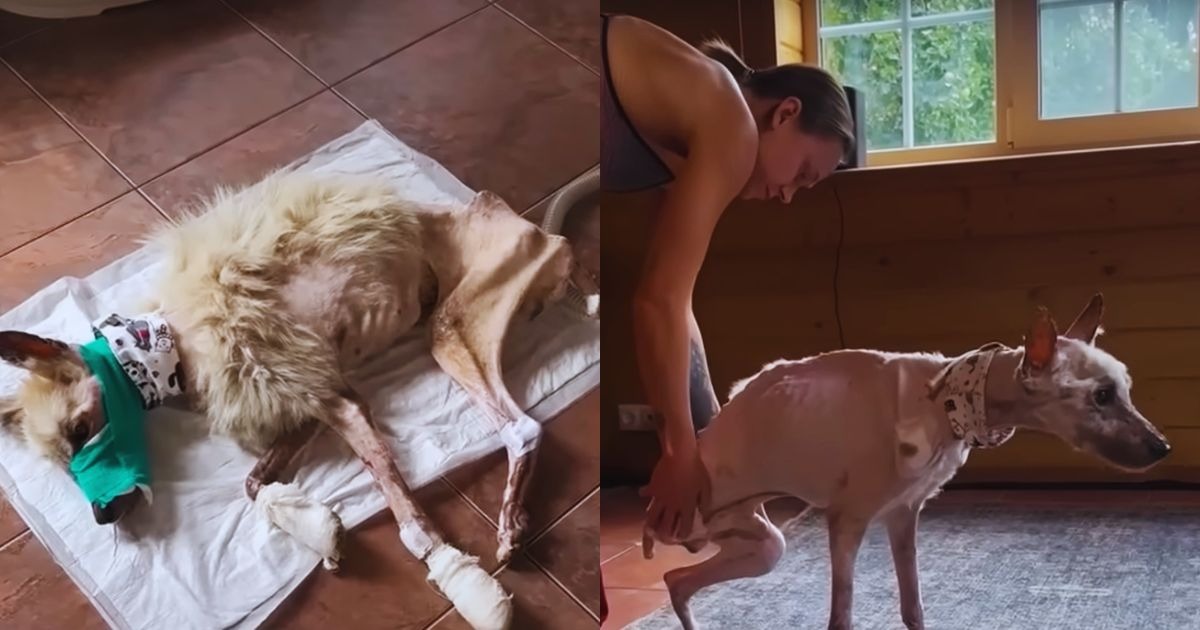
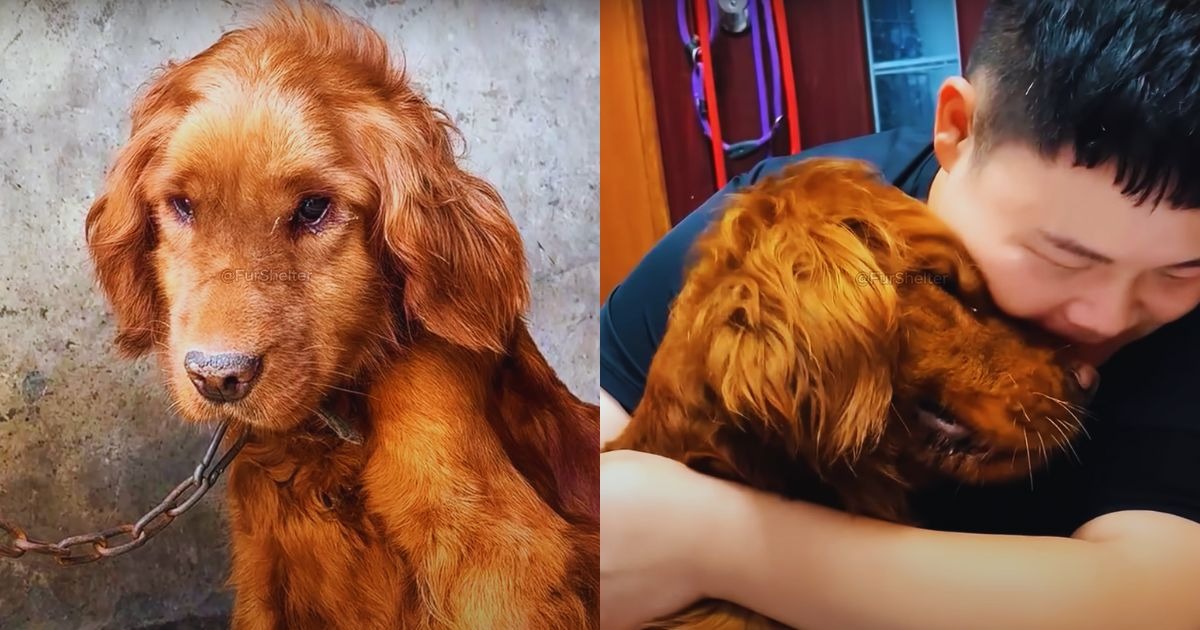


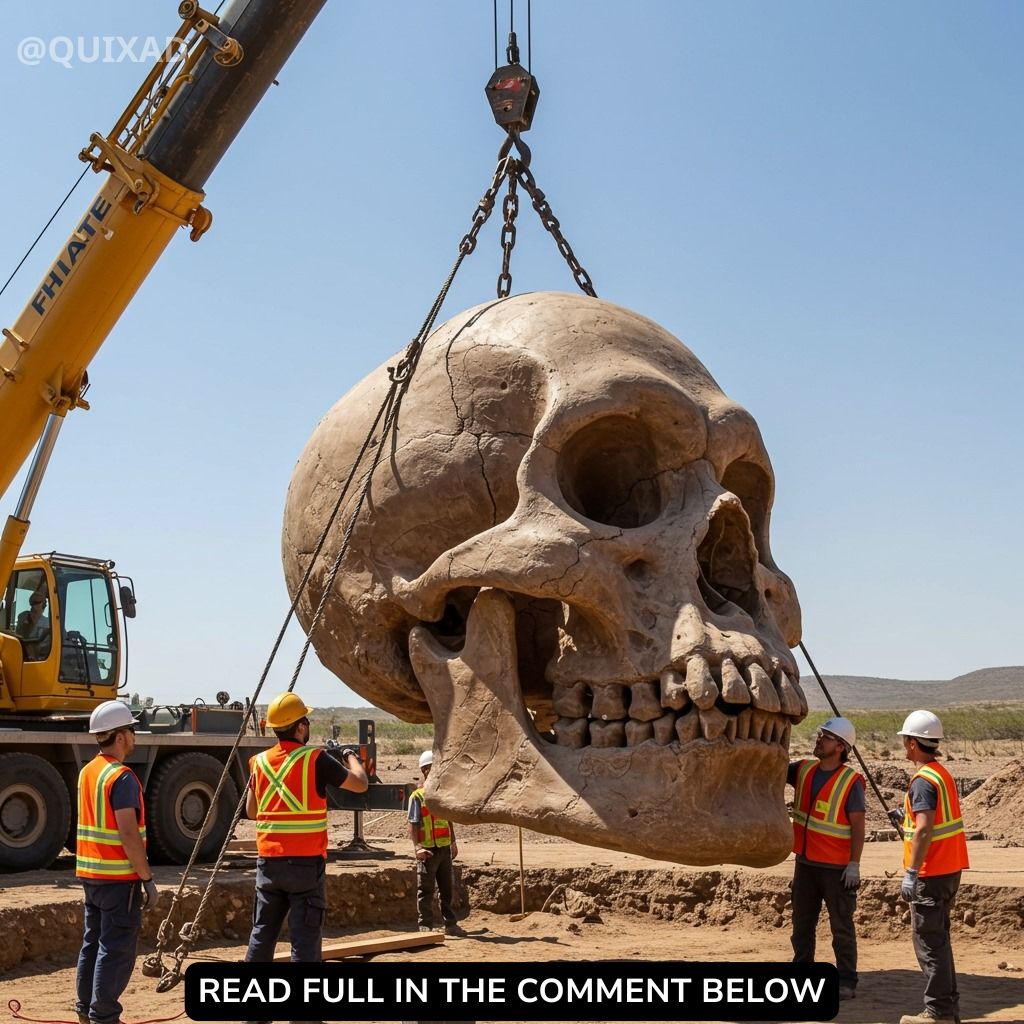
Leave a Reply